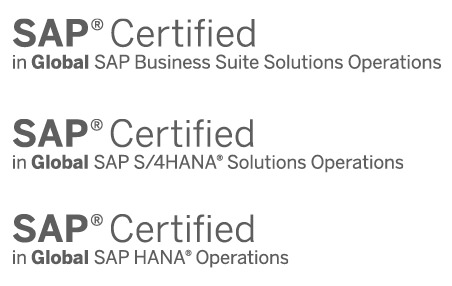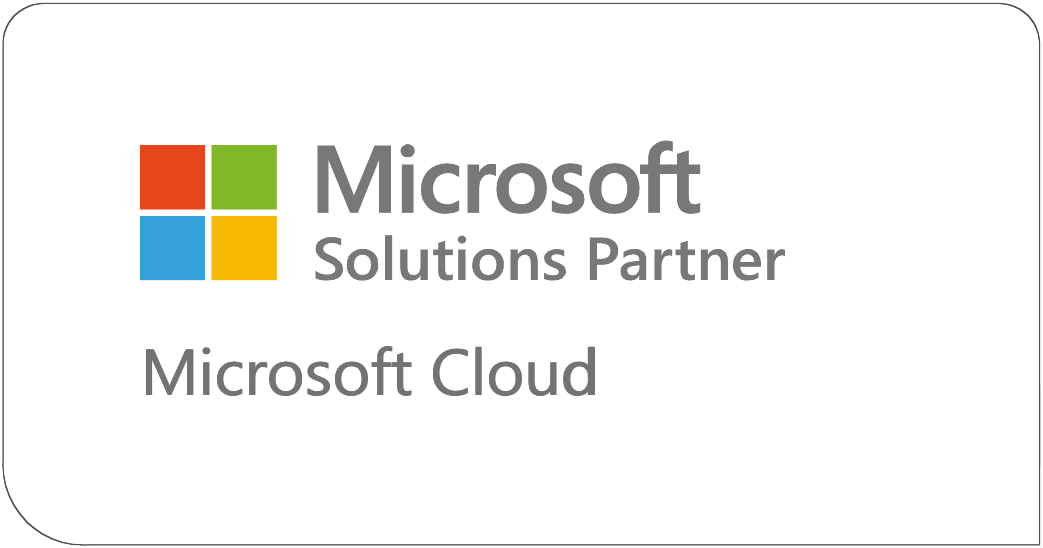One way to take the pulse of organisations’ progress in their digital transformation processes is to take a look at the evolution of the cloud as well as its progress and cloud strategies on the CIOs agenda, according to the analysis firm Gartner.
If we stick to the public cloud, Gartner forecasts that, over the course of 2021, global spending will rise to $332.3 billion, which is a not inconsiderable increase of more than 23% compared to the figure of $270 billion reached in 2020. Not only that, but growth is occurring in all categories, with a model in which everything is consumed as a service: Desktop as a Service (DaaS), Infrastructure as a Service (IaaS), Business Process as a Service (BPaaS), Platform as a Services (PaaS), Cloud Application Infrastructure Services (PaaS), without forgetting Cloud Security and Management services.
The cloud has become the nexus that brings together many technologies that companies want to use to tackle projects that drive transformation and innovation, through the adoption at scale of technologies such as Artificial Intelligence, Big Data and Analytics or the Internet of Things, and this is accelerating the migration of the most critical workloads to the cloud.
AWS Platform Leadership
Amazon Web Services leads the market in public cloud platforms, a position it maintains when it comes to migrating SAP environments, leveraging almost fourteen years of experience in SAP collaboration, during which time it has more than 5,000 customers who have placed their trust in the company.
Over these years, companies from all sectors have migrated their SAP workloads to this platform, which allows them to deploy their cloud services with their systems, applications and processes with ease and, in this way, improve the performance and availability of data, as well as reduce their operating costs.
On how to optimise SAP workloads on AWS, we organised a webinar, in conjunction with SAP and AWS, in which we discussed in depth how to deploy cloud infrastructure, control costs and get full assurance that SAP applications are secure in the cloud, with the aim of guiding those organisations considering moving to this model with this platform.
Increased efficiency through a reliable and highly available platform
When considering a SAP migration project to the cloud, one of the main concerns for customers is maintaining the availability of their most critical data in the event of an incident. In this scenario, AWS has positioned itself as a great ally for data recovery, backup management and minimising recovery times.
With services such as CloudEndure DR and the AWS Launch Wizard, or the solution developed by Syntax, CxLink Backup, backup management is simpler and more reliable. The potential of both services lies in the ability to automate the provisioning of the instances and resources needed to get back to normal, with less risk and with a configuration based on SAP benchmarks.
On the other hand, users of SAP systems have at their disposal various high availability and Disaster Recovery scenarios with which they can evaluate the best configuration of their infrastructure.
Operational excellence through automation
At Syntax, as experts in SAP migrations on AWS, we know that customers moving their SAP systems to the cloud for the first time see automation as an opportunity to reduce costs and optimise resource provisioning while reducing human error.
We do this by automating in two major steps: infrastructure deployment using only the AWS resources required for SAP applications, and configuration using Chef and Ansible. The advantages of this process can be summarised in reproducible and reusable SAP systems, with which creation time is reduced to a minimum, both at infrastructure and database level (Oracle, SAP HANA, SAP ASE).
All this is done, as explained by our Cloud Consulting Director, Quim Alfaro, automatically and guaranteeing high availability, adequate performance and the evolution of the platform. And to do so, AWS and Syntax join forces to offer SAP customers an Operational Excellence model based on three areas of support and management: preventive, corrective and change management to ensure continuous improvement of SAP systems.
Cost Optimisation
Having SAP on the AWS platform provides the organisation with affordable access to IT infrastructure where you only pay for the resources required.
To ensure successful migrations and optimise costs, AWS has the SAP Migration Acceleration Programme, known as SAP MAP, which is based on its experience of migrating thousands of SAP customers to the cloud and brings together a set of methodologies and best practices, tools and resources that facilitate the execution of such projects. It also comes with financial incentives. Syntax is one of the few AWS partners accredited to develop SAP MAP projects with its customers.
Security
As we have explained in previous posts, the AWS platform is designed to help users comply with all regulations and regulatory requirements, such as HIPAA or GDRP, the European data protection standard. AWS and SAP also offer their customers solutions that ensure critical data protection, threat identification and data sovereignty.
If you want to explore the benefits of SAP on AWS, don’t miss the on-demand webinar, featuring Steve Quinn from AWS, Vincent Doux from SAP, and Quim Alfaro and Benoit Orhon from Syntax, who delved into each of the ways to optimise your workloads hosted in the AWS cloud.
At Syntax, we help customers around the world reap the benefits of migrating their SAP systems to AWS. Contact us or visit our cloud migration services.



